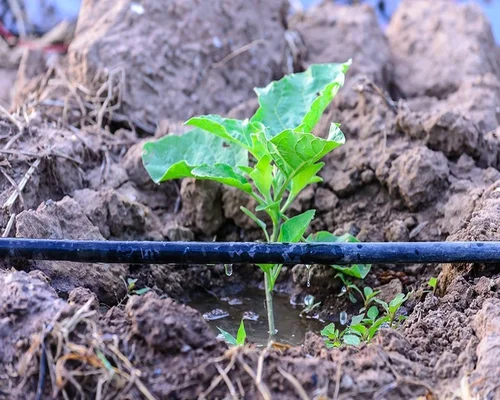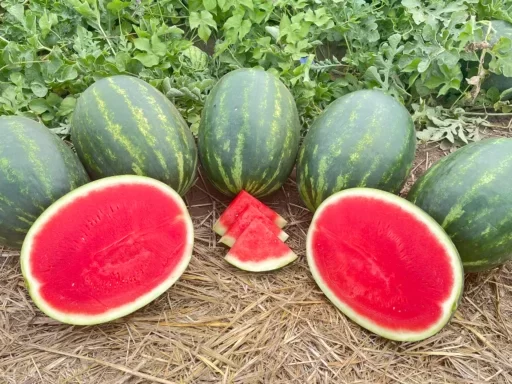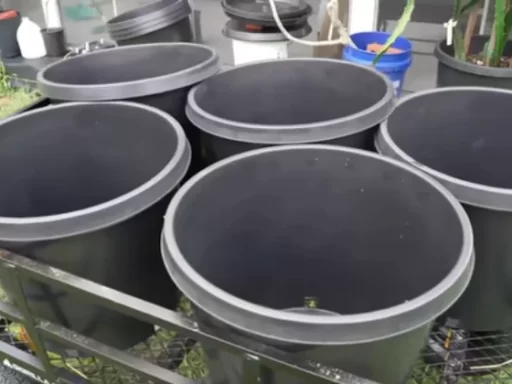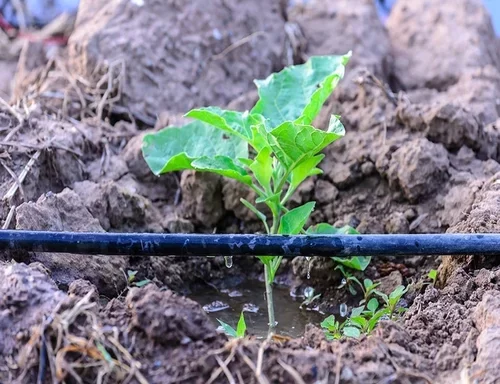Watering your garden effectively is essential for ensuring the health of your plants, but doing so efficiently can be a bit more complex than simply turning on the hose. With a few tips and some know-how, you can keep your garden vibrant and thriving while also conserving water and time. In this article, we will explore the best practices for watering, when to do it, what to prioritize, and how to reduce water usage without compromising your garden’s health.
The Importance of Proper Watering
Many gardeners are told to “keep plants well-watered,” especially during dry spells, but what exactly does that mean? The answer depends on various factors, such as the type of plants you’re growing, the stage of their growth, the climate, and even the type of soil you have. Understanding these elements will help you tailor your watering strategy to suit your garden’s specific needs.
Young Plants and Seedlings
Young plants and seedlings are particularly vulnerable to drying out because they haven’t developed extensive root systems yet. These plants require more frequent watering to help them establish. If your soil is sandy, it will drain water more quickly, so you’ll need to water more often. In contrast, clay soils retain moisture for longer but take more time to rehydrate once they dry out.
How to Know When to Water
The best way to determine if your plants need water is to check the soil moisture. You can do this with a simple tool everyone has—your finger! Stick your finger about an inch or two into the soil near the roots. If it feels cool and moist, there’s likely enough water. However, if it feels dry and dusty, it’s time to water.
When to Water: Morning vs. Evening
It’s ideal to water your plants in the morning while the soil is still cool from the night. This allows plants to absorb the moisture before the heat of the day, promoting healthy growth. Morning watering also gives the soil surface time to dry out during the day, reducing the risk of disease and deterring pests like slugs.
However, if your schedule doesn’t allow for morning watering, evening is the next best option. Just try to avoid watering during the hottest parts of the day when water is more likely to evaporate quickly.
Watering Based on Plant Types
Different plants have different water requirements. Understanding these needs will help you make sure your garden stays healthy without overwatering.
Leafy Greens (Lettuce, Cabbage, Chard)
Leafy greens are particularly thirsty, needing consistent moisture to thrive. This is especially important for heading varieties of lettuce and cabbage, which require extra water when their heads start forming.
Root Crops (Carrots, Potatoes, Parsnips)
Potatoes need water once their tubers begin to form, about marble size. Carrots and parsnips are more self-sufficient, but watering before the soil completely dries out ensures consistent growth.
Peas and Beans
Peas and beans require more water as soon as they start flowering. Proper hydration helps set and swell the pods. Runner beans and climbing varieties need even more water because they have extensive foliage to maintain.
Fruiting Vegetables (Tomatoes, Eggplants)
Tomatoes, eggplants, and other fruiting vegetables need consistent moisture from the moment they start producing fruit. Inconsistent watering can lead to problems such as fruit splitting or nutrient deficiencies, like blossom end rot.
Squash Family (Zucchini, Pumpkins)
Squash plants are generally heavy water consumers, especially zucchini, due to their large leaves and rapid fruit production. Winter squash and pumpkins, which root as they sprawl, are more self-sufficient but still benefit from regular watering.
Best Watering Techniques
When it’s time to water, you should aim for deep, thorough watering rather than shallow, frequent watering. This encourages roots to grow deeper and makes plants more resilient.
Overhead sprinklers are not recommended because a lot of the water will evaporate before it reaches the soil. Instead, water at the base of the plants, getting the hose or watering can right down to ground level. Soaker hoses and drip irrigation systems are excellent for ensuring the water reaches the roots without wasting it on the foliage.
Mulching to Conserve Moisture
Mulching is a great way to keep the soil moist for longer periods. Organic mulches like compost, straw, or grass clippings can cover the soil, reducing evaporation by as much as 70%. Apply the mulch after watering or rain to lock in the moisture. Mulching also helps to suppress weeds, which can compete with your plants for water.
Watering Containers
Container plants are more vulnerable to drying out because their roots can’t extend deep into the soil. For these, clustering pots together can provide mutual shade and reduce water evaporation. Peat-based mixes tend to dry out faster than soil-based ones, so consider using a soil-based mix for longer-lasting moisture retention.

You can also add water-retaining crystals to your potting mix, which swell up when watered and slowly release moisture over time. This helps to even out the watering process, preventing plants from going through extreme wet and dry cycles.
Conserving Water in Your Garden
Conserving water isn’t just good for the environment; it also saves you time and money. Here are some tips for making the most of the water you use in your garden:
- Install rain barrels: Collecting rainwater from your roof can provide a steady supply of water for your garden, especially during dry spells.
- Reuse household water: Water used for washing vegetables or even shower water (if you use eco-friendly products) can be reused in your garden. Just make sure to only use greywater on non-edible plants.
- Improve soil structure: Adding organic matter like compost improves the soil’s water retention capacity, helping it stay moist longer in dry conditions.
Frequently Asked Questions (FAQs)
1. How often should I water my plants?
This depends on your soil type, plant variety, and local climate. As a general rule, aim for about 1-2 inches of water per week, but adjust based on how quickly the soil dries out.
2. Is it better to water in the morning or evening?
Morning watering is best, as it allows plants to absorb water before the day’s heat. However, evening watering is a good alternative if you can’t water in the morning.
3. How do I know if I’m overwatering my plants?
Signs of overwatering include wilting despite moist soil, yellowing leaves, and root rot. Test soil moisture before watering to ensure you’re not adding unnecessary water.
4. What type of irrigation system is most efficient?
Drip irrigation and soaker hoses are the most water-efficient systems as they deliver water directly to the plant roots and minimize evaporation.
5. How can I conserve water in my garden?
Use mulch, improve soil with organic matter, collect rainwater, and reuse greywater to reduce your garden’s water consumption.



